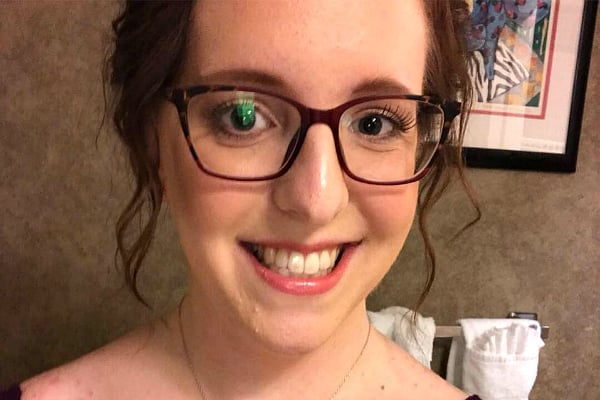
I am currently 29 years old, and I am a stroke survivor. I never thought I’d be saying that or that I even could be saying that at such a young age, but here I am. My stroke happened on June 27, 2016; I was just 27 years old at the time.
For about 12 weeks before, I was experiencing excruciating head and neck pain. I saw four doctors during that time. They told me I was fine and I didn’t need further treatment. I had no other symptoms.
Hear more from the National Stroke Foundation. Post continues after video.
As time went on, the pain started interfering with my job. I am a pharmacist at a hospital. I would either leave work early or call in sick to work, which was very unlike me.
Then on Monday, June 27, I woke up with extreme vertigo. Vertigo is often described as dizziness, feeling off balance, and a sensation of spinning. It is frequently accompanied by nausea. Within an hour or two, the vertigo improved, and I was able to shower and go about my day.
Early that afternoon, I went to a homewares store at a local outdoor shopping centre. As I approached the mall, my right foot fell asleep. I thought the timing was odd because I had never experienced my right foot falling asleep while actually driving. At that time, the educated pharmacist in me briefly thought, “Headaches, vertigo, foot numbness; am I having a stroke?” I thought, “No, it’s not possible; I’m only 27.”

Top Comments
What’s the name of the connective tissue disorder?
Ehlers danlos, I have the vascular type